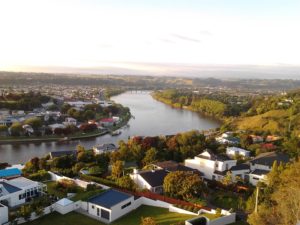
One of the pleasures of growing old is that when you go on holiday to a place you visited long ago you can relive the memories.
That’s how it was when we went to Whanganui recently for a brief stay.
Up until 1936 it was New Zealand’s fifth largest city but it has been surpassed by many others and with a population of 43560 is now comparatively small.
Whanganui has changed greatly over the years since my partner’s grandparents’ days. In the school holidays his mother would pack him, his sister Alison, their dachshund and cat into her Austin A30 and drive down from Auckland to visit their grandfather Ross and housekeeper Laura. His Grandmother had died after breaking her hip.
Ross Campion had been a farmer who like many others, due to falling prices, was forced to walk off his farm during the Depression in the 1930’s. Despite this misfortune he continued to vote National all his life.
For a while he was able to find work as a farmhand but then got a permanent job as a storeman at Johnston and Company, General Merchants, which was housed in an imposing three storey Edwardian Baroque brick building next to the river. We went looking for it and it still stands at 49 Taupo Quay but is no longer a warehouse. For a while it was used by an indoor rowing club, then became an Italian restaurant and is currently up for sale.
The Campions lived in an attractive small villa next to Whanganui Collegiate which is still there. His grandmother’s crocheted rugs and the bedside chair made from 2 apple boxes which she padded and covered in chintz will have long gone! Butter used to be churned in the outhouse.
His grandparents grew some of New Zealand’s first kiwi fruit (known only as Chinese gooseberries then). We would have loved to take a peek in the garden to see if they had survived. The seeds were brought to New Zealand in 1904 by Mary Isabel Fraser, the principal of Whanganui Girls’ College after visiting her missionary sister in China. It became a popular plant with local gardeners but their fruit didn’t taste nearly as sweet as those produced today.
Those were the days when holidays were a time of simple pleasures. His mother would take them to feed the ducks at Virginia Lake. We walked the 2km woodland track around the lake past the band rotunda and the twin bridges enjoying the birdlife. There were still a huge number of ducks (no doubt the offspring of those from long ago) with quite a few sunning themselves right on the footpath and not at all keen to budge and let us pass.
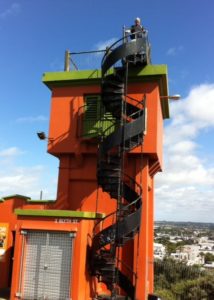
John and his sister were allowed to hire bikes from the very appropriately named Chaineys and enjoyed riding through the 200m long tunnel to catch the 66m elevator up to Durie Hill. Built in 1919 to link the hilltop with Anzac Parade it is now a great tourist attraction as it is New Zealand’s only public underground elevator.
It cost only a shilling in those days (and one penny more for the bike) but it is $2 for the ride now. As it is powered by a converted electric tram engine (and was once lubricated with castor oil) I nervously wondered if the rumbling noises and the shaking as we rode up were caused by its advanced age.
For old time’s sake John climbed up the spiral staircase of the orange elevator tower for a city view while I recorded his ascent from below with my camera to show to our grandchildren. But he was not keen to once again climb the 176 steps of the adjacent Durie Hill Memorial Tower, a taller monument built from shell rock which was opened in 1925 to commemorate the 513 young locals who died in WWI.
The main shopping street looks very different from how he remembered it but there are still some old style bakeries. The 62 year old ‘Cactus Crème Café’ has been taken over by a Cambodian couple who have promised to keep on baking the old traditional favourites like sandwiches, cakes, pies and other baked goods beloved by the locals. A good place to have lunch; I hadn’t tasted a parsley and egg sandwich for years!
Nowadays there are also plenty of ethnic eateries. One evening we sat in the quiet courtyard of The Japanese Kitchen and enjoyed a home-style Japanese dinner.
The following night we were lucky to get a seat at the busy Thai Villa restaurant. I was after a light meal and ordered two entrees. The Tom Yum soup with prawns was tasty but the roti (served with a rather bland peanut sauce) were stodgy and didn’t taste freshly cooked. John’s roast duck served with Chinese veggies, rice, and cashews was succulent!
There were five op shops in the main street and being a passionate op shopper I could have spent ages fossicking around. Old things which other people discard can often provide a fascinating snapshot into the history of a place. But our time was short so I just dashed in for a brief look and reappeared from one wearing a retro jacket and clutching an old recipe book.
Whanganui has long had a reputation for a vibrant arts scene and there were several gift shops and art and craft shops featuring local talent.
At Serjeant Art on the Quay (the temporary home of the Serjeant Gallery while it is being earthquake strengthened and a new wing built) the annual ‘Whanganui Arts Review’ was up. This annual Art award is open to all the artists working in any media in the Whanganui region so a great opportunity to admire their creativity.
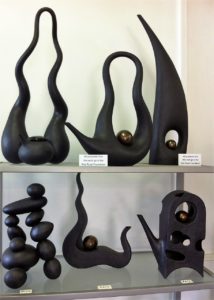 One of the early escapees from Auckland was one of New Zealand’s foremost potters, Rick Rudd. He set up his pottery many years ago in Whanganui and is now giving back to the city where he feels very much at home.
One of the early escapees from Auckland was one of New Zealand’s foremost potters, Rick Rudd. He set up his pottery many years ago in Whanganui and is now giving back to the city where he feels very much at home.
He has donated his large collection of both his own and the work of other potters to the Rick Rudd Charitable Foundation and they are on display in Mumford House.
His teapots are wonderful creations. It is worth heading there just to see those!
Should you go there Rick will most likely be busy potting but be up for a chat.
I mentioned that we had noticed how cheap the real estate was in Whanganui.
‘Come down to live!’ He said enthusiastically.
We also spent an enjoyable day driving up the old Whanganui river road, where we did a bush walk at Atene, and later drove to the Forest and Bird owned Bushy Park for a walk inside its predator proof fence.
Two days was all too short to spend in Whanganui. I would love to explore its rich Maori history and see more of its art and its varied architecture. When they were built, the future tourist potential of its many Victorian and Edwardian buildings would not have occurred to anyone, but they add greatly to the charm of the city today. We’ll be back!
Do any other GrownUps have memories of Old Whanganui? I’d love to hear.
By Lyn Potter
Lyn is an Avid Traveller (both local and international), always with a camera at the ready.







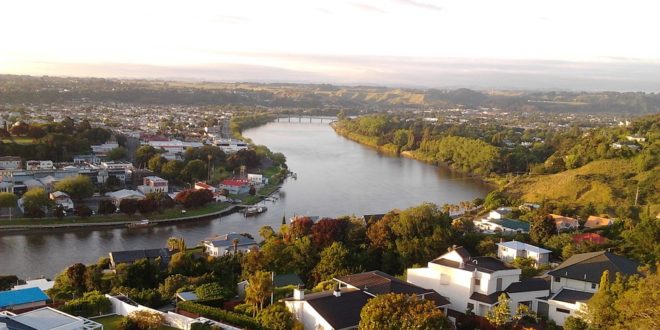
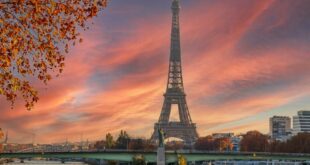
Join the Discussion
Type out your comment here:
You must be logged in to post a comment.